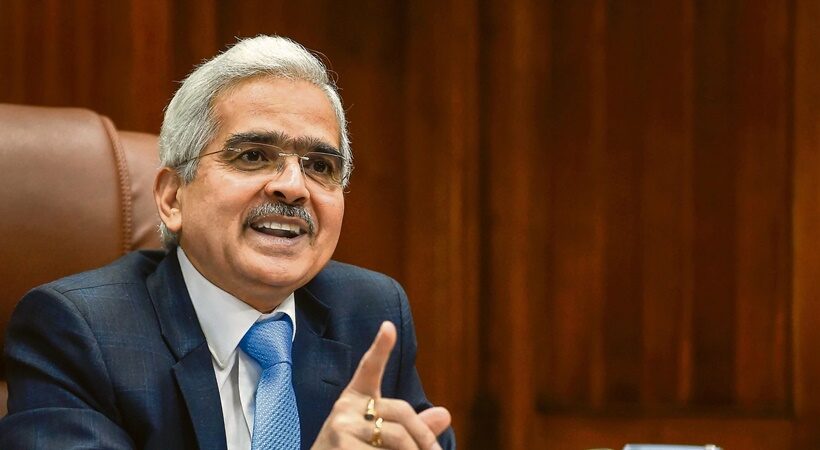Reserve Bank would have to constantly re-assess the “dynamic and fast-changing situation” and tailor its actions accordingly, said RBI Governor Shaktikanta Das during the recent meeting of the Monetary Policy Committee (MPC), which decided to maintain the status quo on the key interest rate.
The tax season of 2022, dubbed “the perfect storm” by some, is winding down with nary a sigh of relief.
The targeted deadline of April 18 will be fulfilled for the first time in three years. The Internal Revenue Service was mainly able to process the millions of individual forms despite ongoing pandemic challenges. Delayed due dates for 2020 and 2021 returns confused taxpayers and caused commotion within the IRS as it attempted to update systems at the last minute.
The MPC unanimously opted to leave borrowing prices constant at a record low for the 11th time in a row, despite inflation moving up in the aftermath of the Russia-Ukraine war, to continue supporting economic development.
The MPC of the central bank, which includes the governor, has six members. “Because the situation is dynamic and rapidly changing, we must constantly re-evaluate the situation and modify our activities accordingly,” Das said.
According to the minutes, MPC member and RBI Deputy Governor Michael Debabrata Patra stated that in a world where de-globalisation appears to be on the horizon, one item has become globalized: the inflation alarm.
“With 60% of affluent countries seeing inflation above 5% — unprecedented since the 1980s — and more than half of developing countries experiencing inflation above 7%, the rise in prices is putting social tolerance levels to the test,” he said at the gathering.
While the RBI decided to preserve the status quo, it boosted its inflation forecast for the current fiscal year to 5.7 per cent, up from 4.5 per cent in February. The RBI also decreased its economic growth prediction for 2022-23 to 7.2 per cent from 7.8 per cent previously. This compares to an 8.9% increase in real GDP in 2021-22.



















